Photo
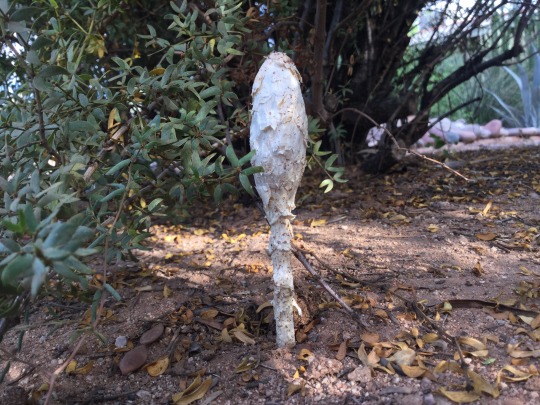
podaxis pistillaris - desert shaggy mane - chkshn sep16
0 notes
Photo

battarrea phalloides - h&h az may16
0 notes
Photo






gyrophragmium californicum - chkshn sep 16
0 notes
Photo
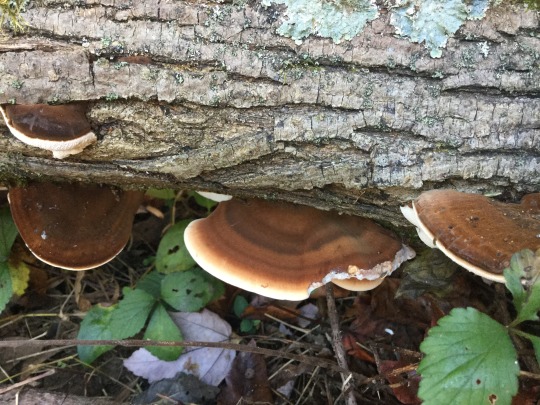

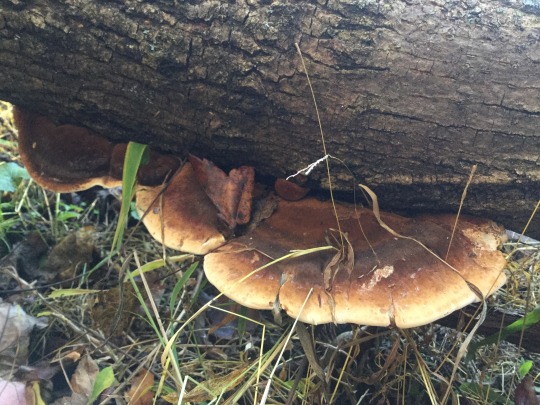
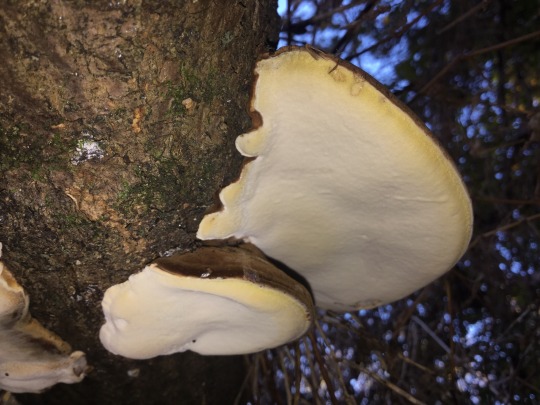




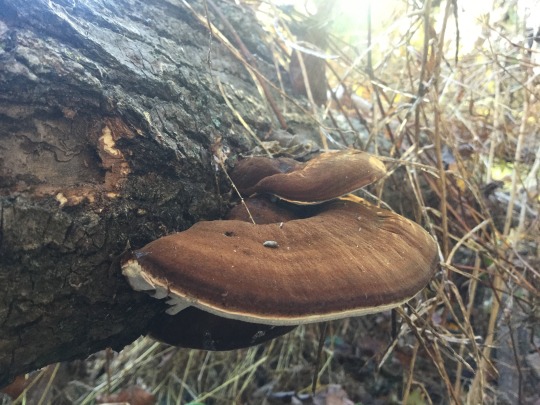
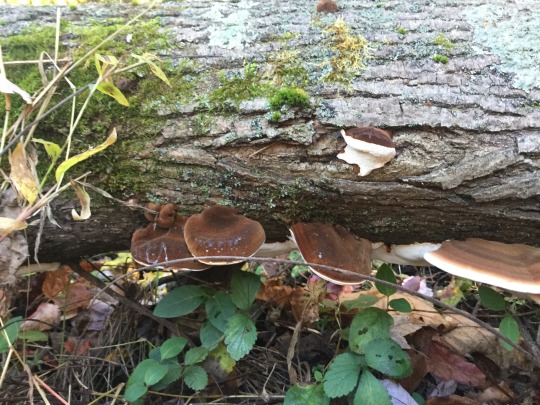
ischnoderma resinosum - resinous polypore - fh md nov16
0 notes
Photo





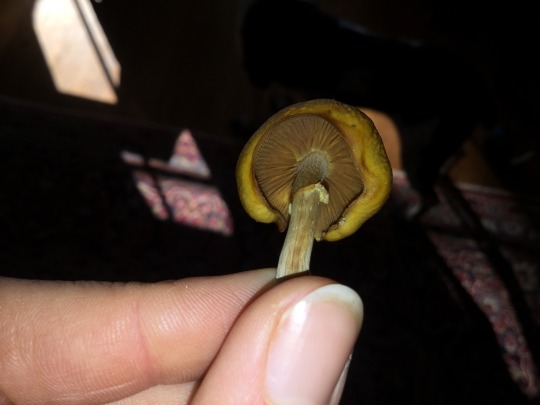
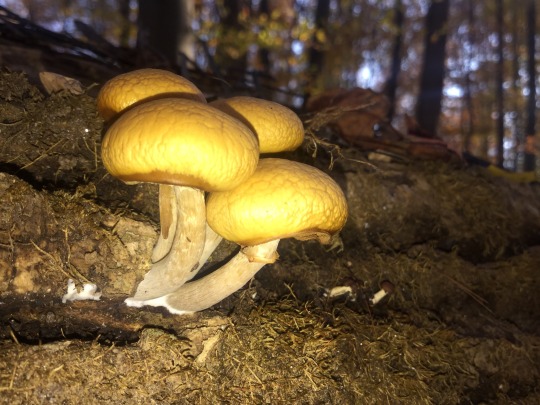
galerina marginata - funeral bell . fh md nov16
0 notes
Photo



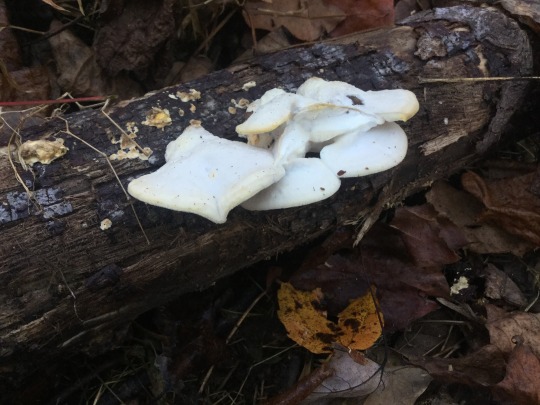

tyromyces chioneus - white cheese polypore - fh md nov16
0 notes
Photo




tyromyces chioneus - white cheese polypore - fh md nov16
0 notes
Photo


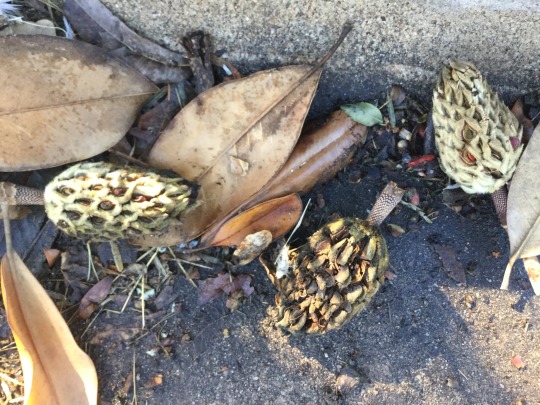
southern magnolia / bull bay magnolia grandiflora Magnolia is an ancient genus. Appearing before bees did, the flowers are theorized to have evolved to encourage pollination by beetles. To avoid damage from pollinating beetles, the carpels of Magnolia flowers are extremely tough.[1] Fossilised specimens of M. acuminata have been found dating to 20 million years ago, and of plants identifiably belonging to the Magnoliaceae date to 95 million years ago.[2] Another aspect of Magnolia considered to represent an ancestral state is that the flower bud is enclosed in a bract rather than in sepals; the perianth parts are undifferentiated and called tepals rather than distinct sepals and petals. For best results, collect seeds from standard species (like Southern magnolia) rather than hybrids or special cultivars. Hybrids are specially pollinated to mix two varieties together, and their seeds will likely revert back to one of the parent varieties, rather than producing the same type of tree you admired. austin tx
0 notes
Photo



brugmansia insignis Several South American cultures have used Brugmansia as a treatment for unruly children, that they might be admonished directly by their ancestors in the spirit world, and thereby become more compliant.
0 notes
Photo


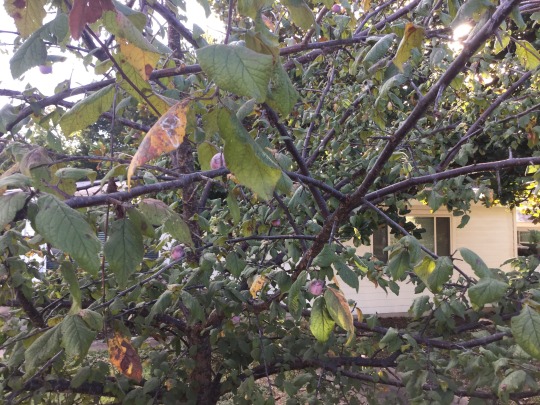
tThe "Santa Rosa" plum tree (Prunus salicina "Santa Rosa") is hardy in U.S. Department of Agriculture plant hardiness zones 5 through 9. The tree requires 400 chill hours and works well as a pollenizer for other plum trees that need cross-pollination. The cultivar was introduced by plant breeder Luther Burbank in 1906 and is considered a producer of high-quality fruit. Though replaced by many commercial growers with more bacteria-resistant varieties, "Santa Rosa" is still a favorite among home gardeners and is often found at farmer’s markets. Santa Rosa" plum is self-fertile, however, producing fruits even if no other plum trees are nearby. It produces more fruit if a pollenizer is provided, though. Water your "Santa Rosa" plum at least once each week but more often during dry spells. Austin tx not sure if it's Santa Rosa tho
1 note
·
View note
Photo


mycena cinerella - mealy bonnet
austin tx
0 notes
Text
tincture
http://www.henriettes-herb.com/archives/best/1995/tinctures.html Golden Seal Fluidextract, as an example, is an abomination...the soluble constituents almost completely dominate in a fluidextract...substances that are poorly water and alcohol soluble, such as hydrastine, may only be present in 5-7% of the total alkaloid content...in the PLANT, hydrastine is usually 40-45% of total alkaloids, and in a 1:5 tincture there is enough "room" for hydrastine to retain that proportion. FRESH PLANT TINCTURE One part by weight of the fresh, chopped herb is steeped for 7-10 days in two parts by volume of grain alcohol (190 proof or 95% ethanol), and pressed or squeezed out. There is no reason to blend or shake this maceration; the tincture is formed passively as a result of dehydration. Ethanol draws out all plant constituents that contain water, leaving only cellulose and dead tissue behind. . DRY PLANT TINCTURE: Maceration. If the Materia Medica calls for a [1:5, 60% alcohol] tincture, it means this: your solvent is 60% alcohol and 40% water (the water is presumed), and one part of herb by weight has been invested in five parts of solvent by volume. Let me run you through one. You have four ounces of dried Blue Cohosh roots, which you then grind and sift down to a fairly consistent coarse powder. The four ounces (1) must be mixed with 20 ounces of solvent (5). The solvent is 60% alcohol, the rest water, so you mix 12 ounces of ethanol and 8 ounces of water to get the final volume. Mix both together in a closed jar, and shake the mixture up for a couple of minutes twice a day. After 10-14 days of this, let it set another day, pour off the clear tincture from the top, and squeeze as much out of the sediment as your press or wrists allow. The 20 ounces of solvent (called menstruum) and 4 ounces of herb, may yield up 13-14 ounces of tincture (by wrist) and up to 17 ounces (by press); the rest is immutably held in the sediment (called marc). This remnant moisture is full strength tincture, and eventually this knowledge drives one out of four herbalists stark raving nuts. The resultant attempts to constantly upgrade hydraulic presses rivals the feeding frenzy at computer hardware conventions. . DRY PLANT TINCTURE: Percolation. This is a method that needs physical demonstration and hands-on practice. That being said, this is a brief run down of the process. The same Blue Cohosh has been freshly ground as before. Pack it into a measuring cup to check its compressed volume...probably about six ounces. The menstruum will need to be the 20 ounces PLUS the 6 ounce volume the ground dry herb takes up. The proportion is the same; 60% alcohol and 40% water. 60% of 26 ounces is 15.6 fluid ounces (the alcohol), 40% is 10.4 (water). This gives you your 26 ounces of 60:40 menstruum. Place the powdered herb in a little mixing bowl with a top, add about two-thirds as much menstruum as the herb took up in volume. It took up six ounces in volume, so add four ounces of menstruum to the herb, and mix it thoroughly, then cover it. This may be confusing; the herb WEIGHS 4 ounces, but FILLS 6 ounces of volume. The reason for checking its VOLUME will become apparent. Anyway, the menstruum-moistened herb needs to stay covered and digesting for at least 12, preferably 24 hours. Now you will need a percolating cone...didn't I mention that? Me and my students find that a large Perrier bottle with its bottom removed sits upside-down inside a large-mouthed Mason jar very nicely, and the screw cap can be used to control the rate of drip out of the bottom (former top). Anyway, you will need to place some moistened herb inside a coffee filter paper, slide it into the neck of the cone, and gradually add the moistened herb on top. It needs to be compressed and compacted onto the first batch, until you have an evenly distributed column of herb inside the cone. Place a filter on the level herb-column, and pour some menstruum slowly on top. The menstruum should descent evenly down the herb column,and drip from the bottom at about one drip per second. If it never drips out the bottom, you packed too tight. If it drips too quickly (drools is a better word), lift the cone out of the Mason jar, and screw the cap on until the drool becomes a slow drip. Keep fresh menstruum covering the top of the herb until it drips through. This can take one or two hours (or more). When it has finished, there will be 20 ounces of tincture in the Mason jar, and the last six ounces of menstruum (virtually inert) will stay in the herb column, like a moist sponge. Toss it. Now you see why you need to measure the dry herb volume; you make just enough menstruum for that batch of tincture, and you won't have little jars with left-over excess menstruums that are impossible to compute into another batch with different proportions. Every Pharmacist has a copy of Remington's Pharmaceutical Sciences, which describes the process in great detail, and explains why you get better tinctures when percolating.
0 notes
Text
Correct being about 1:5 60 % for dried herb, and 1:2 95 % for fresh. Which is what he used, too, except for those herbs which you just can't cover with that :5 (or :2) of alcohol, like mullein flowers, or milky oats.
Then he said, yes, but you can get so much more herb into a 1:5 dried herb tincture than you can get into a 1:2 fresh herb tincture.
Hmmm, said I. How much fresh herb do you need to get how much dried herb? He said, 7 kg fresh for 1 kg dried, on average.
This got me counting:
You use 1 kg dried herb to 5 l 60 % alcohol (= 1:5 60 %):
that's equivalent to 7 kg fresh herb to that 5 l menstruum.
And you use 1 kg fresh herb to 2 l 95 % alcohol (= 1:2 95 %):
that's about 2.5 kg fresh herb to 5 l menstruum.
---------
Certainly, there are herbs that dry well and even some that are better dried than fresh, but there are so many herbs where the fresh plant is superior in virtue that accounting dry preperations as better (on account of quantity) makes little sense to me at all.
An example: Black Cohosh. ~no~ comparison between the fresh and dried tincture.
Another: Basil. Would a much more concentrated tincture of dried Basil even touch the quality of fresh Basil? I don't think so.
I could go on. But then, I'm kind've a fresh plant tincture junkie, and I like using small doses, so don't grant a lot to assessments of efficacy based on quantity.
0 notes
Text
Fresh Herb
• Finely chop or grind clean herb to release juice and expose surface area.
• Fill jar 2/3 to 3/4 with herb. ~ OR ~ Fill jar 1/4 to ½ with roots.
• Pour alcohol over the herbs. Cover completely!
• Jar should appear full of herb, but herb should move freely when shaken.
Dried Herb
• Use finely cut herbal material.
• Fill jar 1/2 to 3/4 with herb ~ OR ~ Fill jar 1/4 to 1/3 with roots.
• Pour alcohol over the herbs. Cover completely!
• Roots will expand by ½ their size when reconstituted!
Alcohol Percentages
40% – 50% (80-90 proof vodka)
• "Standard" percentage range for tinctures.
• Good for most dried herbs and fresh herbs that are not juicy.
• Good for extraction of water soluble properties.
67.5% – 70% (½ 80 proof vodka + ½ 190 proof grain alcohol)
• Extracts most volatile aromatic properties.
• Good for fresh high-moisture herbs like lemon balm, berries, and aromatic roots.
• The higher alcohol percentage will draw out more of the plant juices.
85% – 95% (190 proof grain alcohol)
• Good for gums and resins.
• Extracts aromatics and essential oils that are bound in the plant and do not dissipate easily.
• The alcohol strength can produce a tincture that is not quite pleasant to take.
• Often used for drop dosage medicines.
• Will totally dehydrate herbs.
Extraction Time and Bottling
Store jar in a cool, dry, dark cabinet. Shake several times a week and check your alcohol levels. If the alcohol has evaporated a bit and the herb is not totally submerged, be sure to top off the jar with more alcohol. Herbs exposed to air can introduce mold and bacteria into your tincture. Allow the mixture to extract for 6-8 weeks.
Now it's time to squeeze. Drape a damp cheesecloth over a funnel. Pour contents of tincture into an amber glass bottle. Allow to drip, then squeeze and twist until you can twist no more! Optional: Blend herbs into a mush and strain remaining liquid.
The last step is perhaps the most important of all! Once you've strained and bottled your tincture, be sure to label each bottle with as much detail as possible. You will be so happy to have this information to play with next time you tincture the same herb. Don't plan to lean on your sense of taste or smell alone – regardless of how well honed your organpleptic skills may be. Skipping this step will surely lead to a dusty collection of unused mystery extracts.
1 note
·
View note
Photo
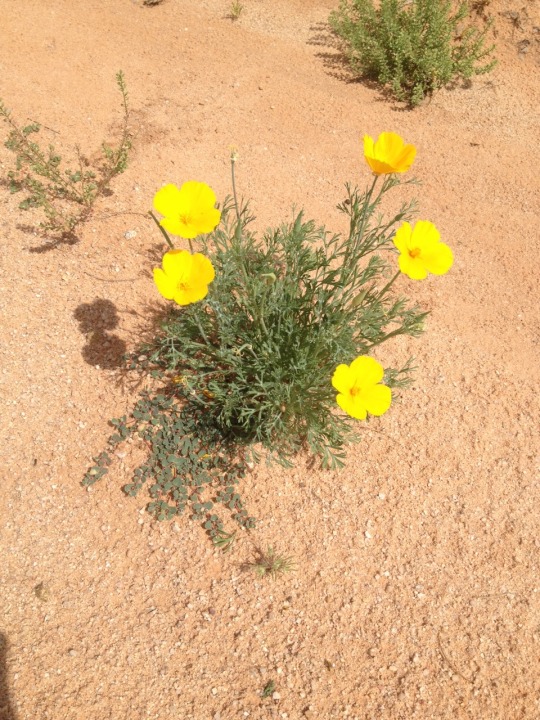
California poppy : eschscholzia californica
0 notes


